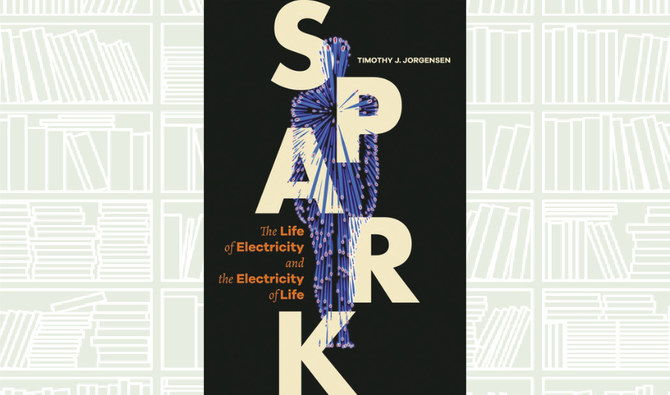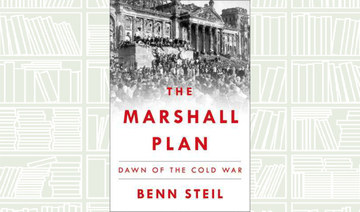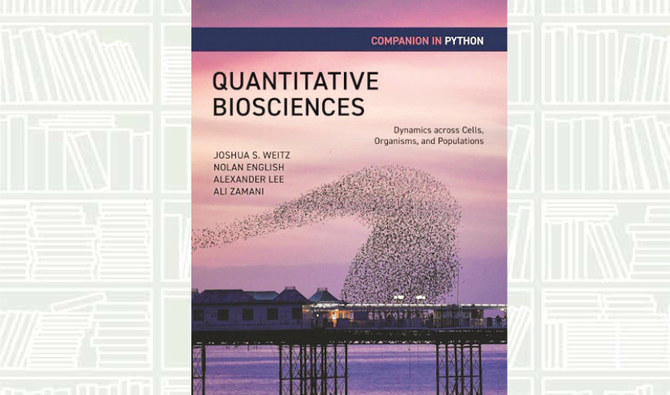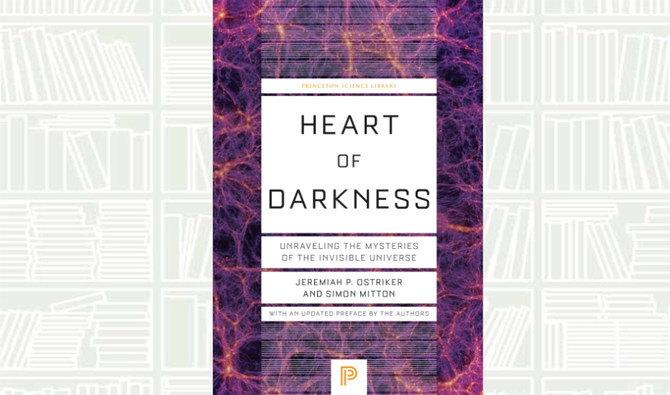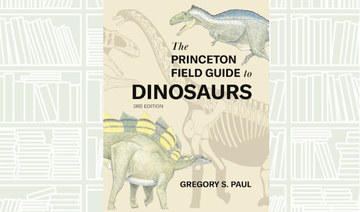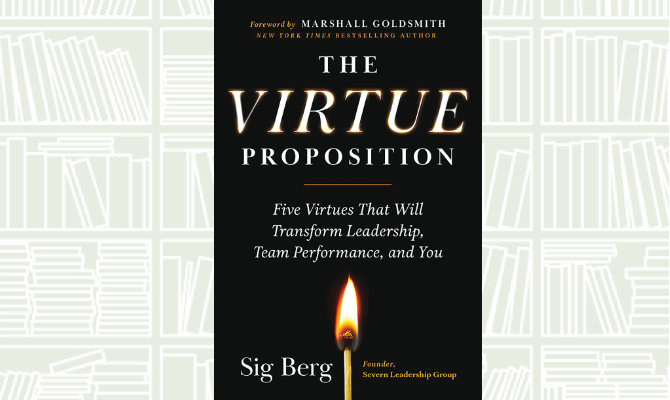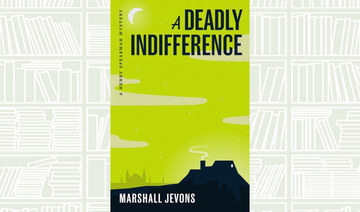When we think of electricity, we likely imagine the energy humming inside our home appliances or lighting up our electronic devices—or perhaps we envision the lightning-streaked clouds of a stormy sky. But electricity is more than an external source of power, heat, or illumination. Life at its essence is nothing if not electrical.
The story of how we came to understand electricity’s essential role in all life is rooted in our observations of its influences on the body—influences governed by the body’s central nervous system. Spark explains the science of electricity from this fresh, biological perspective. Through vivid tales of scientists and individuals—from Benjamin Franklin to Elon Musk—Timothy Jorgensen shows how our views of electricity and the nervous system evolved in tandem, and how progress in one area enabled advancements in the other.



